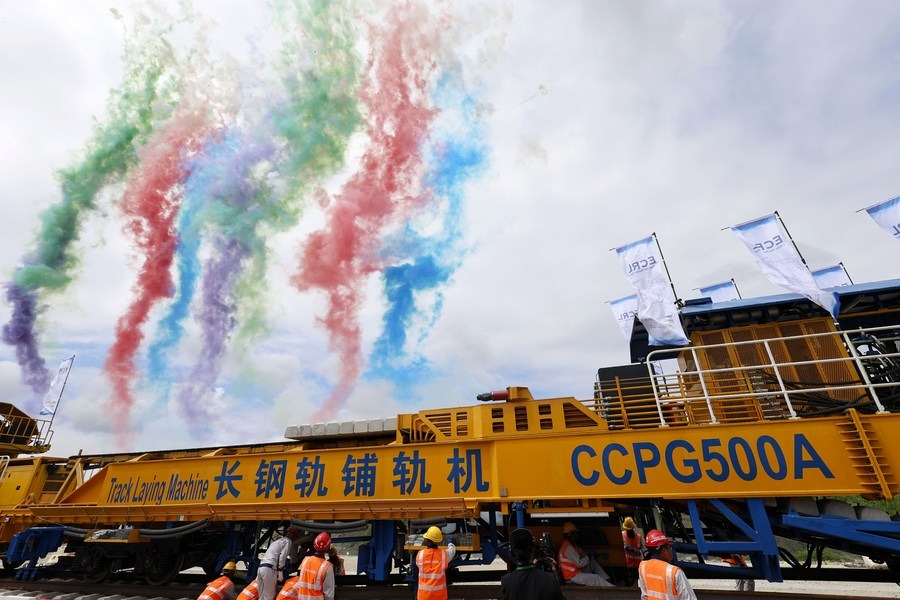Findings shed light on capital's impressive past
By XIN WEN | CHINA DAILY | Updated: 2023-09-07 08:03

Past and present
Zhongdu, which covered 25 sq km, was the capital for 62 years in the Jin Dynasty. The earliest central axis of Beijing was also that of Zhongdu, even though it is located in the southwest of present-day Beijing.
"When Wanyan Liang first moved the capital to Zhongdu, the city's population was relatively small," Ding said. To increase the population and promote the city's development, a 10-year labor tax exemption policy was introduced to attract more residents to settle in Zhongdu, she added.
"Zhongdu was a city full of mystery, so when I knew that I had the opportunity to excavate the ancient ruins at the end of 2019, I felt privileged and excited," she said.
"Under our feet is a capital city with a history of more than 800 years. Being one of the first to discover how these buildings were constructed made me realize I had a great responsibility and obligation to conduct archaeological work for the public."
In winter 2020, the archaeological excavation team led by Ding discovered a Jin Dynasty crossroads under the Lize Soho building. Ding said that by coincidence, there is an interchange between the Beijing Subway Line 14 and Line 16 at the location where the crossroads was found.
The Beijing municipal government said bidding to construct a themed city park archaeological site — Zhongdu of Jin Dynasty — opened in April. Covering 150,000 sq m, the park will be located in and around the Lize commercial area in Fengtai. Construction is expected to be completed in a year.
Venues for cultural exhibitions and public services will be provided, as well as an outdoor display area that highlights the history of Zhongdu, city officials said.
xinwen@chinadaily.com.cn
























